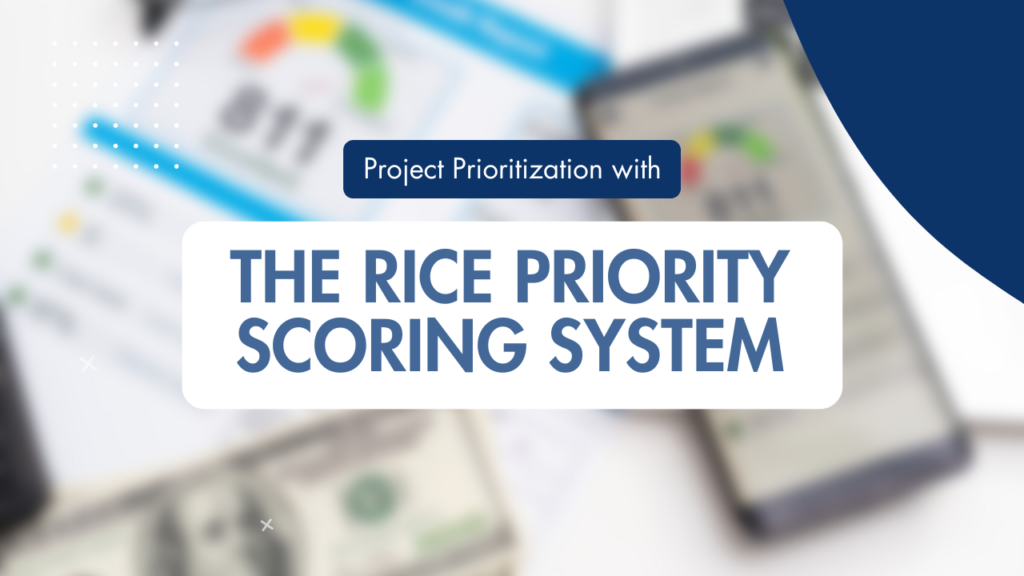The Lean Canvas: Crafting Agile Start-Up Strategies
The Lean Canvas presents itself as a beacon for this journey, providing a streamlined alternative to the traditional business model canvas. This approach emphasizes rapid validation of business concepts, focusing on problem identification, solution offering, and key metrics, all while maintaining a comprehensive overview of the venture’s potential. Exploring the Lean Canvas Framework: The Lean […]
The Lean Canvas: Crafting Agile Start-Up Strategies Read More »










